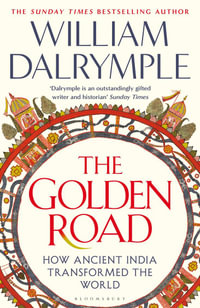Globalisation has forced us to stop thinking that art only exists in the West. The very notion of art was invented by the West and refers to the learned version of its material culture. It was then projected onto other civilisations, particularly Asian ones, and finally onto the preliterate societies of Africa and Oceania. Whether or not these cultures possess the concept of art is of little importance, because when they honour their gods, they inevitably address what they consider to be the acme of beauty. For a long time, this openness to other aesthetics was based on the arts of the past, until it was finally accepted that there were living creators in these distant lands, and that today's means of communication have brought them closer to us. These "others" who appeared in the 1980s are by no means a homogenous group. Without stretching this analysis too far, they can be regarded as falling into two categories: those who have opted for modernity and submit to the demands of the market and Western based institutions, and those who concentrate on giving visual expression to their communities and beliefs, ignoring the demands of the art market. Australian Aboriginal art represents an intermediate situation, since alongside art of a sacred nature, there are works deliberately produced for sale, initially encouraged by missionaries. Nothing too beautiful for the gods aims to show the variety of works connected with the spiritual impulse, from those used in religious rites to contemporary artworks that refer to them. These hybrid works are often the result of accommodations with modernity. The exhibition and accompanying book bring together altars from Africa, the Caribbean and Asia, works by artists invested with religious responsibilities (Didi, Shiraga), works by religious artists (Ramoun) and others by artists who refer explicitly to religions and spirituality (Sooja Kim, El Anatsui, Vasquez de la Horra, Bedia, Boltanski, Viola). Text in English and French. AUTHOR: Jean Hubert Martin is an art historian of international standing. He is known especially for his remarkable contribution to the Francis Picabia exhibition held in the Grand Palais in 1976, as well as for the innovations he introduced into the field of museology in the 1980s. JeanHubert Martin also played a key role in organising the Magiciens de la Terre exhibition (1989) at the Centre GeorgesPompidou and the Grande Halle de la Villette, reflecting the growing interest in primitive art. SELLING POINTS: . Explores the concept of art and the sacred across different cultures . Nothing too beautiful for the gods brings together religious artifacts, contemporary art that references religion, and works by artists who are invested in religious traditions . Artists featured in the book include Didi, Shiraga, Ramoun, Sooja Kim, El Anatsui, Vasquez de la Horra, Bedia, Boltanski, and Viola 90 colour illustrations
























